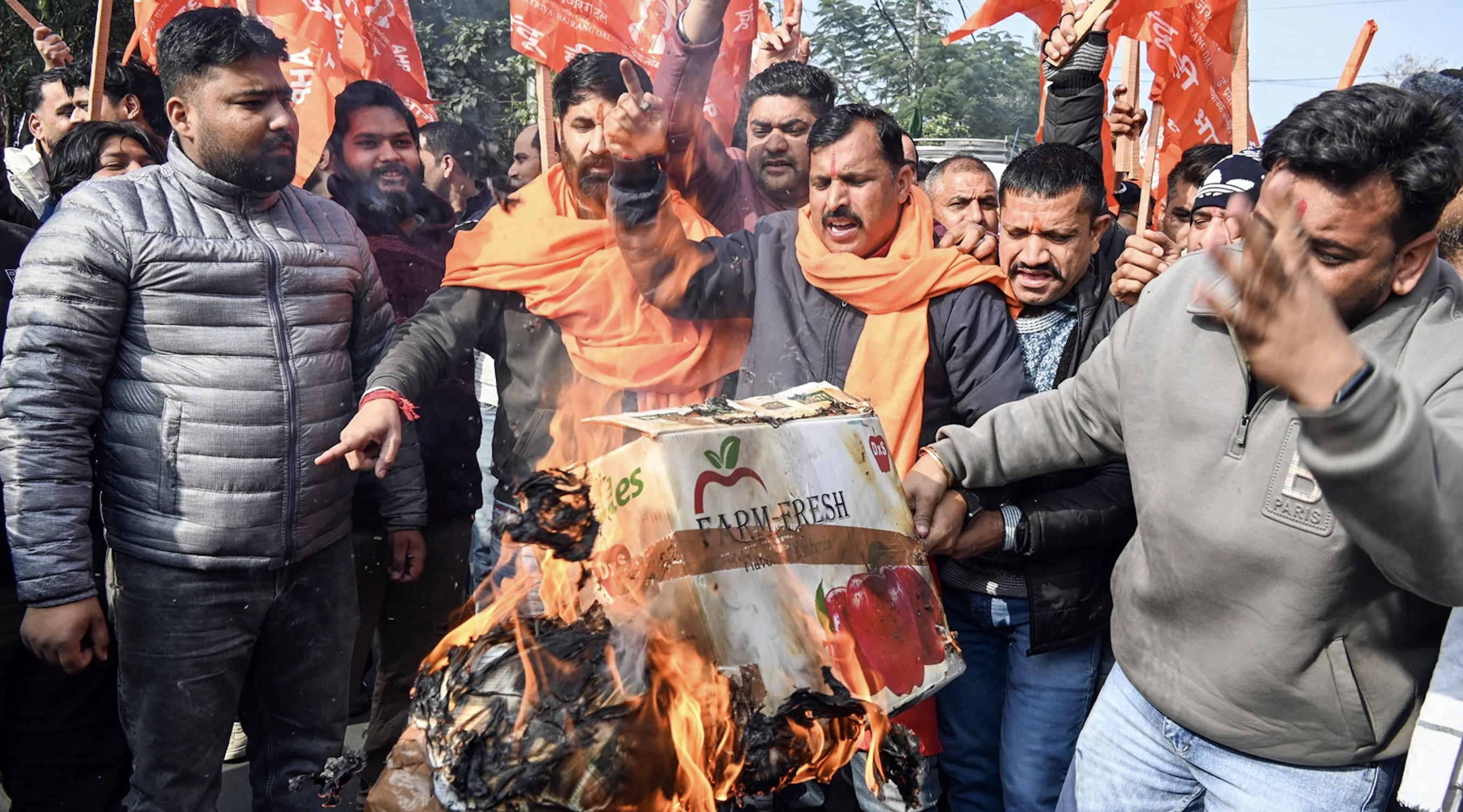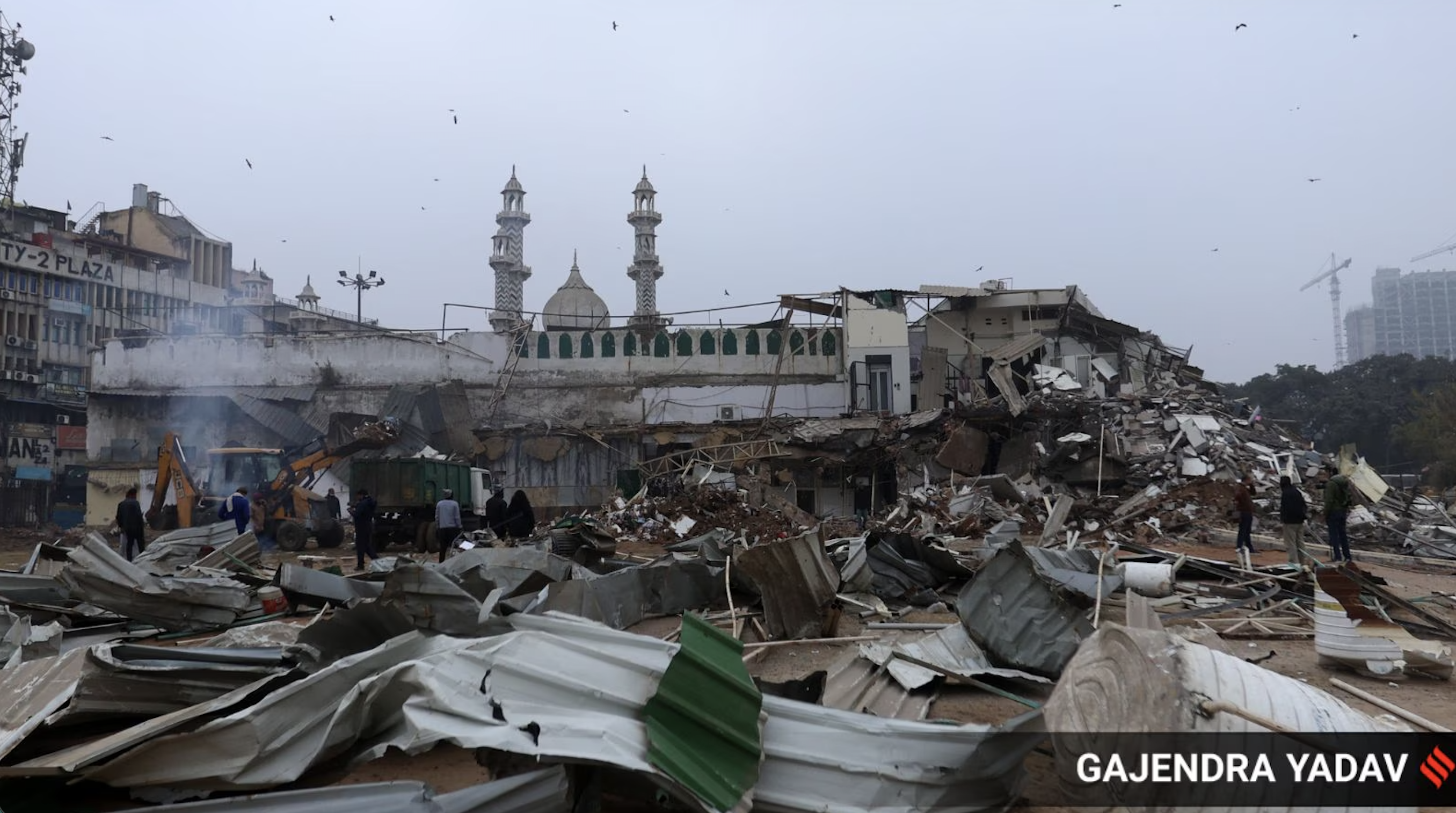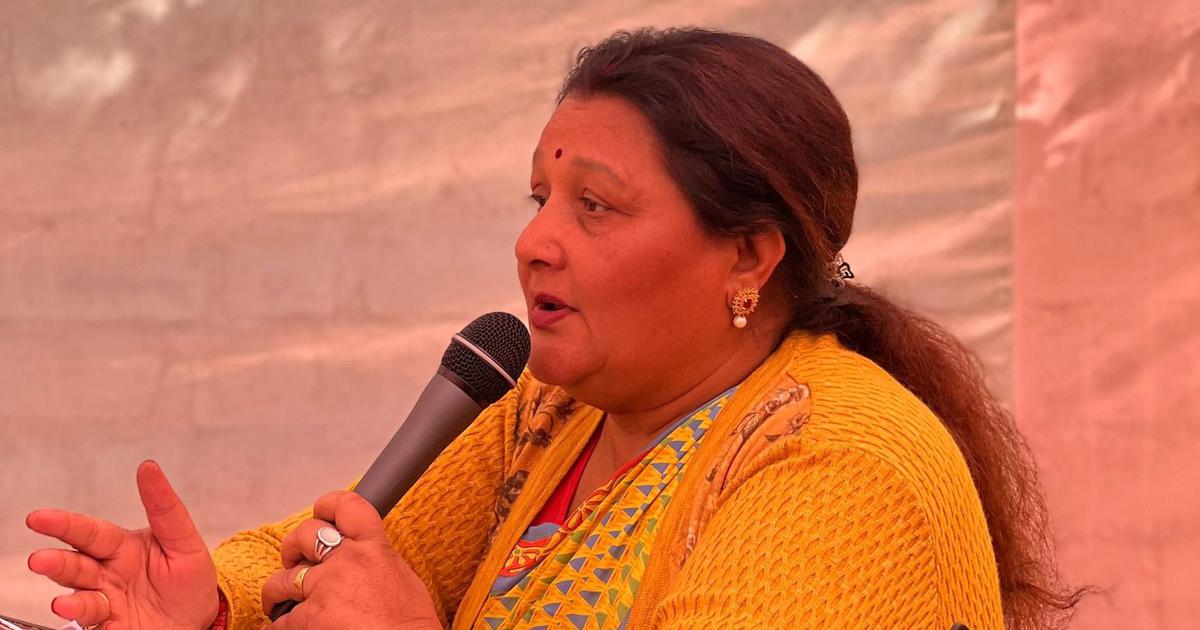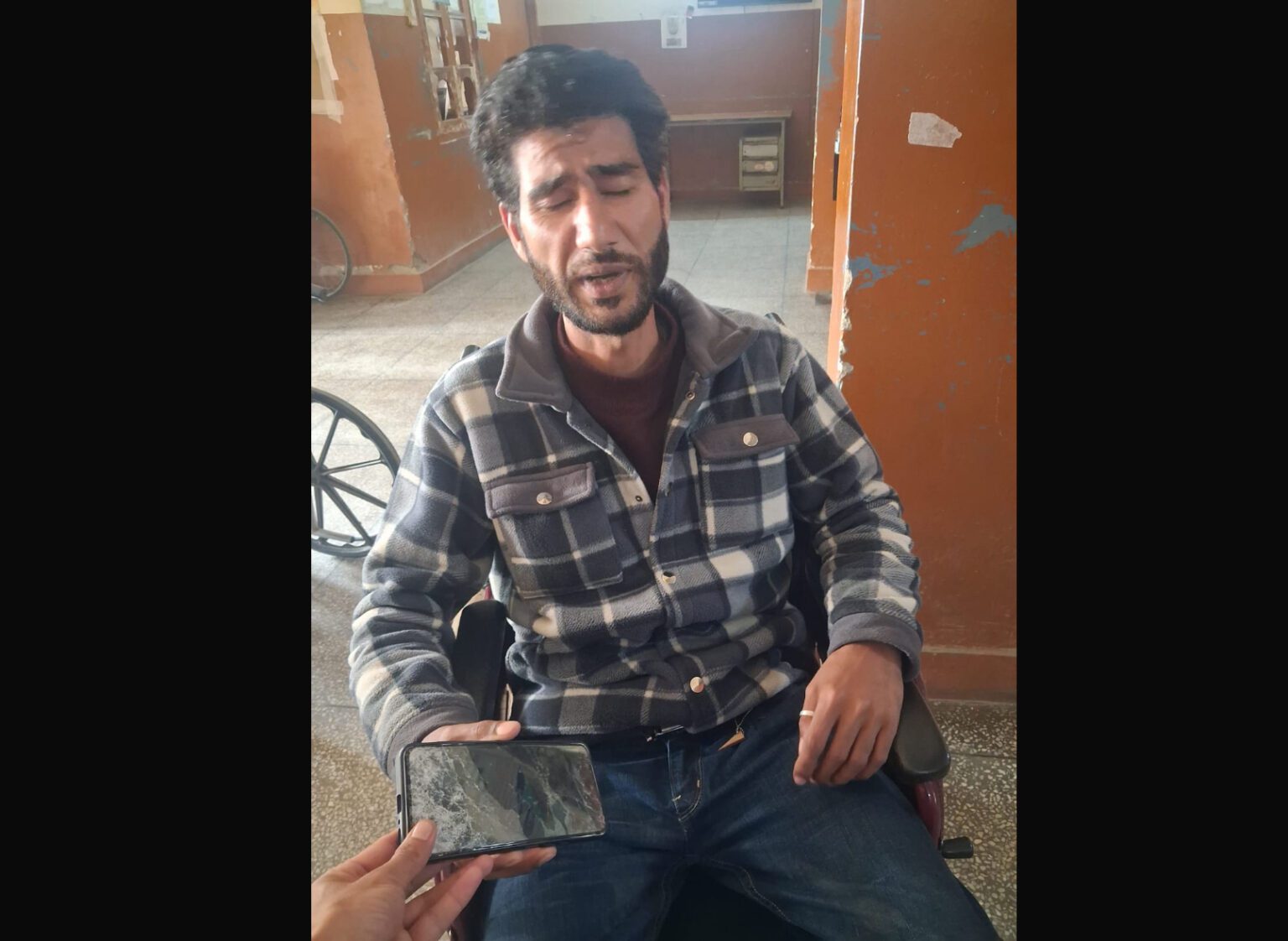By ARPITA GHOSH
“Good job.”
“Loved the UP-style car accident & instant justice”.
“Niraj Das dies in road accident #ThankyouAssamPolice #TitforTat.”
Das was killed allegedly in a road accident at around 1:30 am late on 30 November by police who claimed that he was trying to escape from police custody.
In an apparent reference to Das’ death, state Director General of Assam Police (law and order) GP Singh tweeted “For every action, there is an equal and opposite reaction – Newton’s third law.”
Assam chief minister Himanta Biswa Sarma also tweeted, “Assam will be free of crime and criminal – come what may.”
How Did the Lynching of Animesh Bhuyan Take Place?
On 29 November, Animesh Bhuyan, a 28-year-old student union leader with the All Assam Students’ Union or AASU, was killed in broad daylight by a mob of around 50 people.
This happened after a heated argument took a violent turn when it was alleged that Bhuyan and his two companions’ vehicle had hit an elderly man.
Outraged by this, AASU called for a bandh after giving the police 24 hours to nab the culprits.
13 people were subsequently arrested on 30 November, including Niraj Das. However, not long after, the news of Niraj Das dying in an “accident” while attempting to flee from the police, broke out.
The police claimed that he was leading them to spots where drug cartels operate, but as he jumped out of police vehicle in a bid to escape custody, another police vehicle lost control and accidentally rammed into him.
They also claimed that three police personnel were also left injured in the incident.
Lynchings Are Not New to Assam, But Encounters on the Rise, Too?
Niraj Das’ death wasn’t reported to be a part of an ‘encounter’ or a ‘fake encounter’. It’s been alleged to be an “accident”; nonetheless many are seeing this as the Assam police ‘delivering’ justice.
What is concerning though is the increasing number of encounter incidents in the state, as the Himanta Biswa Sarma government emphasises a “zero tolerance policy” regarding criminals.
Like some of the encounter cases from Telangana and UP, here too there is a pattern: of suspected militants and criminals reportedly trying to snatch service weapons or attempting to escape from custody when they get killed.
Big Questions Around Jorhat Lynching
Unquestionably, the lynching incident was a heinous crime, however there are some questions for the state, police and the public at large.
- First, with this being the third lynching that has happened in the district in the last three years, why wasn’t the police better prepared?
- Second, if Niraj Das had a criminal record, why was he not behind bars?
- Third, many people protested and put pressure on the police to get Niraj Das arrested given his criminal history. Fair enough, in a democracy, such protests are essential, but where did the public conscience go when onlookers made videos of the incident? Wouldn’t a timely intervention save a life?
- Fourth, certainly, the perpetrators of the lynching incident deserve to be dealt with the hand of justice, but for those who are celebrating Niraj Das’ death: since when is it justice for a person to be killed without a fair trial in a democracy? What allows journalists who are supposed to be gatekeepers to join in the revelry? And finally, why has the public become so complacent?
This story first appeared on thequint.com






